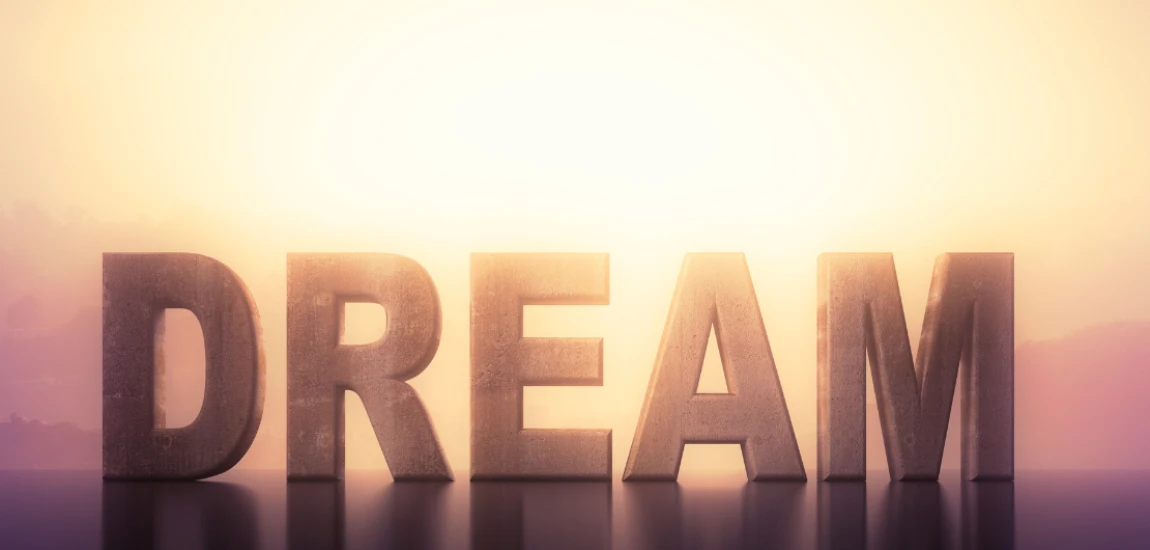Dream Sync: Storytelling in Sleep and Hypnagogic States

Dream Sync refers to the alignment of dream states and storytelling—how the mind naturally crafts narratives in sleep, often mirroring or enhancing creative thought. During REM cycles, the brain activates similar neural regions as those used in waking imagination, but without the constraints of logic or external perception. In this liminal zone, stories unfold fluidly, borrowing elements from memory, fantasy, and emotional residue.
Understanding Dream Sync allows us to view dreams not as random sequences, but as an emergent storytelling process. This natural synchronization of subconscious imagery and emotional tone can produce cinematic experiences that rival waking creativity. Writers, artists, and designers have long tapped into this “night narrative” for inspiration, translating fragments of dream logic into works of art and fiction.
The Role of REM and Neural Synchrony
During REM sleep, neural oscillations synchronize across regions associated with language, imagery, and emotion. This sync produces cohesive dream narratives, even when their logic feels abstract.
Why Dreams Feel Like Stories
Dreams follow a story arc—conflict, climax, resolution—because our minds crave pattern and coherence. Dream Sync reflects this psychological need to make meaning, even in chaos.
When the Subconscious Becomes a Scriptwriter
The dreaming mind often “casts” familiar faces in symbolic roles. These improvised narratives become mirrors of unresolved thoughts, showing the subconscious as both storyteller and therapist.
Entering the Hypnagogic State: Where Wakefulness Meets Dream Logic

The hypnagogic state is the twilight phase between wakefulness and sleep—where Dream Sync often begins. It’s characterized by fleeting imagery, drifting thoughts, and semi-lucid awareness. In this state, storytellers can observe the subconscious generating scenes and concepts in real time.
Many artists—Salvador Dalí, Edgar Allan Poe, and Nikola Tesla—used hypnagogia to harvest creative insights. By learning to linger in this borderland, one can tap into vivid associations without losing cognitive control.
What Happens in Hypnagogia
Brainwaves transition from beta (alert) to alpha and theta, allowing visual and auditory fragments to surface. These fragments often merge into proto-stories or symbolic sequences.
Harnessing Hypnagogic Imagery for Creativity
Writers and filmmakers can use voice recorders or sketchpads near their bed to capture flashes of narrative or visual motifs emerging during hypnagogia.
The Bridge Between Dreaming and Thinking
Hypnagogia acts as a mental “sync bridge,” allowing conscious and subconscious storytelling systems to interact. It’s a fertile ground for innovation.
The Science of Dream Narrative Formation

Dream storytelling isn’t random—it’s structured by neurocognitive patterns that mimic creative cognition. Studies show that the prefrontal cortex (responsible for logic) quiets down, while the limbic system (emotion) and visual cortex activate, giving dreams their cinematic quality.
Dream Sync occurs when emotional and visual systems align, producing coherent dream “plots.” These stories often integrate sensory fragments and emotional residues from recent experiences.
How the Brain Builds a Dream Story
The hippocampus blends memory fragments with imagined sequences, while the amygdala assigns emotional tone—turning recollections into dramas.
Emotional Logic vs. Rational Logic
Dreams don’t obey physical rules, but they follow emotional logic—fear, desire, or curiosity drive progression. This internal consistency defines Dream Sync storytelling.
Dreaming as Overnight Editing
Some researchers describe dreaming as the brain’s editing suite—processing emotional footage and cutting it into meaningful reels.
Lucid Dreaming: Taking Control of the Storyline

Lucid dreaming—when you become aware you’re dreaming—represents the ultimate form of Dream Sync. In this state, the dreamer becomes both protagonist and director, shaping the narrative consciously while remaining immersed in the dream world.
This form of storytelling allows for creative rehearsal, emotional resolution, and self-exploration. Lucid dreamers can revisit unfinished narratives, confront recurring symbols, or experiment with alternate endings.
How to Induce Lucidity
Reality checks, dream journaling, and mindfulness practices can increase the likelihood of recognizing the dream state. Once lucid, you can direct the scene like a film.
Using Lucid Dreams for Creative Writing
Authors use lucid dreams to explore settings, dialogue, and atmosphere firsthand, often waking to document what they “lived” in narrative form.
The Psychological Benefits
Lucid dreaming can help integrate subconscious fears or desires, offering both artistic and emotional catharsis.
Collective Dreaming and Shared Narratives

Dream Sync isn’t always solitary. Throughout history, cultures have described “shared dreams” or collective dream experiences. While scientifically rare, shared symbolic content across individuals suggests that human minds may converge around archetypal stories.
The Mythic Dimension of Shared Dreams
Jung’s concept of the collective unconscious explains why strangers often dream similar myths or symbols—universal patterns embedded in human psyche.
Digital Platforms and Dream Sharing
Online communities now log dreams collectively, forming digital archives where similar dream motifs—like falling, flying, or being chased—appear repeatedly.
The Future of Dream Networks
Emerging technologies in EEG and VR could one day allow synchronized dream environments, transforming Dream Sync into a shared storytelling experience.
Dream Journals: Tools for Mapping the Subconscious Narrative

A dream journal is more than a diary—it’s a record of your mind’s nightly storytelling. Keeping one sharpens dream recall and reveals recurring characters, settings, and themes that signal subconscious preoccupations.
How to Start Dream Journaling
Write immediately upon waking, before logical thought interferes. Record visuals, emotions, and dialogue snippets without filtering.
Identifying Story Arcs
Over time, recurring symbols or emotional threads reveal a narrative continuity that mirrors waking life evolution.
Turning Dreams into Story Material
Many acclaimed authors adapt their dreams directly into fiction—Kafka, Borges, and Murakami all credit dreams as raw narrative data.
Dream Sync in Modern Media and Creative Practice

Filmmakers, musicians, and game designers increasingly explore dream logic as an aesthetic framework. Works like Inception, Paprika, and The Sandman demonstrate how Dream Sync translates into immersive, nonlinear storytelling.
Film and the Architecture of Dream Logic
Dream-inspired cinema often replicates the pacing and disorientation of REM storytelling—fragmented timelines, emotional motifs, and nested realities.
Dream Worlds in Interactive Media
Games like Control or Alan Wake II use dreamlike mechanics to let players inhabit surreal, emotionally symbolic spaces.
The Music of Sleep
Sound artists experiment with sleep cycles, composing music intended to influence dream patterns—a form of participatory storytelling.
The Psychology of Dream Characters: Projections of the Self

Every character in a dream may represent an aspect of the dreamer. Understanding this helps decode dream narratives as dialogues between fragmented selves rather than random fictions.
Archetypes in Dream Narratives
Recurring figures—a mentor, a pursuer, a lost child—symbolize inner conflicts or aspirations. Recognizing these roles turns dreams into mirrors of psyche.
Emotional Transference and Resolution
Dream characters often embody unresolved emotions. Confronting them in lucid dreams can lead to breakthroughs in understanding or healing.
From Symbol to Story
Mapping these archetypes transforms raw imagery into coherent storylines—useful for both personal growth and creative writing.
Dream Sync and AI: Teaching Machines to Dream Stories

Artificial intelligence is beginning to mimic dream-like storytelling. Neural networks trained on surreal imagery or associative logic can generate narratives that feel dream-born—fluid, emotional, and symbolic.
AI as a Dream Mirror
Generative AI tools can simulate dream logic, producing text or visuals that resemble subconscious creativity.
Training AI on Human Dreams
Projects using dream datasets aim to teach AI narrative formation that mirrors human emotional logic rather than rational plotting.
The Ethical and Artistic Implications
If machines can “dream,” what happens to human imagination? Dream Sync raises questions about authorship, originality, and digital subconsciousness.




